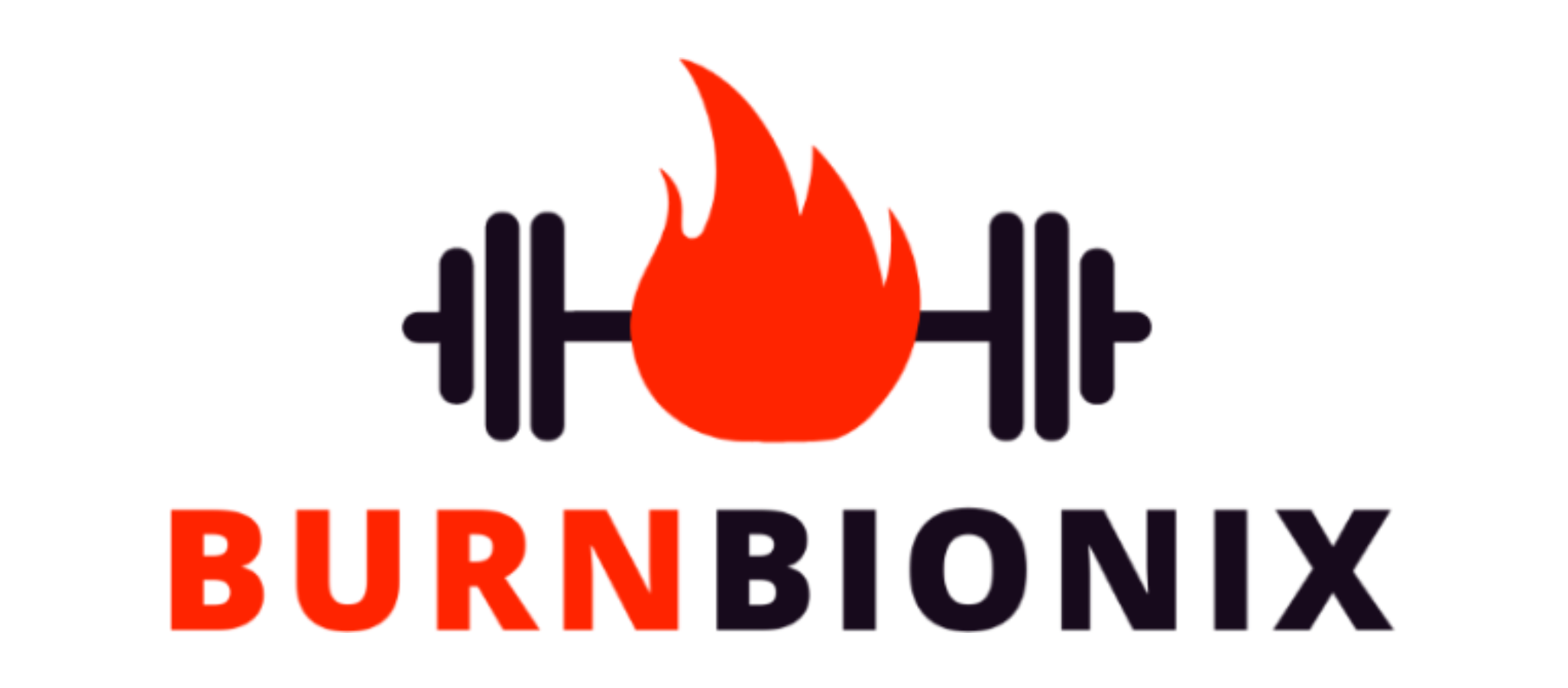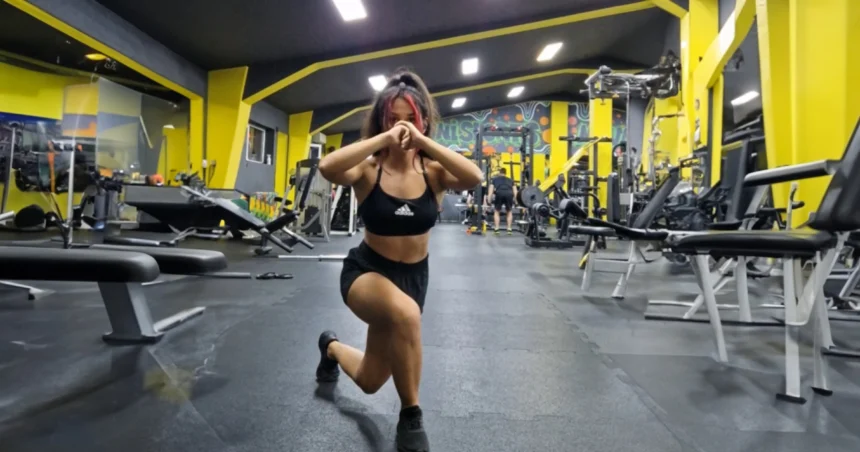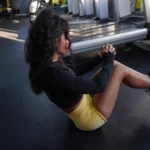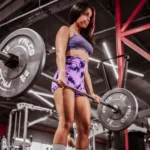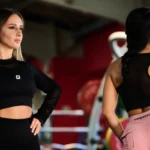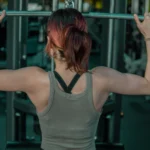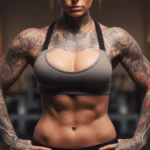The Bulgarian split squat is a popular unilateral lower body exercise that builds serious strength and balance by isolating each leg. With your rear foot elevated and all the work going to the front leg, it deeply engages your quadriceps, hamstrings, glutes and calves. However, not everyone can perform the Bulgarian split squat due to limitations in mobility or stability. This article explores alternatives that offer similar benefits, allowing you to torch your lower body no matter your current fitness level. Read on to discover modifications and alternatives to the Bulgarian split squat for stronger, more athletic legs.
Execution of Bulgarian Split Squat
The Bulgarian split squat is a meticulous exercise that requires a harmonious blend of technique, balance, and strength. Executing it with the correct form is crucial not only for reaping the full benefits but also for ensuring safety. Here’s a step-by-step breakdown to guide you through the correct execution:
- Positioning:
- Stand upright about 2 feet away from a bench or an elevated surface, facing away from it.
- Extend one leg back and rest the top of your foot on the elevated surface.
- The Descent:
- Keep your chest lifted, shoulders relaxed, and your eyes looking forward.
- As you inhale, lower your body slowly by bending your front knee until it forms a 90-degree angle. Ensure your knee is aligned with your ankle, not extending past your toes.
- The Ascent:
- Exhale and press through the heel of your front foot to rise back to the starting position.
- Completion:
- Perform the recommended number of repetitions on one leg, then switch to the other.
The correct form of the Bulgarian split squat is a dance between control and exertion. It’s about engaging your core, maintaining a neutral spine, and allowing the muscles of your lower body—the quadriceps, hamstrings, and glutes—to sing in a coordinated effort.
Challenges with Bulgarian Split Squat
While effective when done correctly, the Bulgarian split squat does present some challenges:
Limited mobility – Tight hips, hamstrings, or ankles can restrict range of motion and quad/glute activation.
Poor stability – Core weakness can cause torso swaying or back arching, reducing balance.
Knee discomfort – Caving knees inward increases strain. Patellofemoral pain may also occur.
Difficulty balancing – Challenging for beginners to balance with rear foot elevated.
Body proportions – Long legs and short torsos may limit depth or increase strain on the low back.
Incorrect form – Not maintaining an upright torso or descending too quickly ups injury risk.
To overcome these, build mobility through dynamic stretches, strengthen your core, use minimal or no added weight at first, and focus on mastering form before progressing. Modifications like a lower platform height can help as you build capability. Be patient and listen to your body.
Bulgarian Split Squat Alternatives
When looking for alternatives to the Bulgarian split squat, focus on unilateral moves that target the same major muscle groups – quads, hamstrings, glutes, and calves. Exercises that challenge your balance and put more emphasis on the front leg are ideal substitutes. Options with less spinal loading are preferable as well. With the right modifications, you can find an effective alternative to match your current strength and mobility levels.
Reverse Lunges
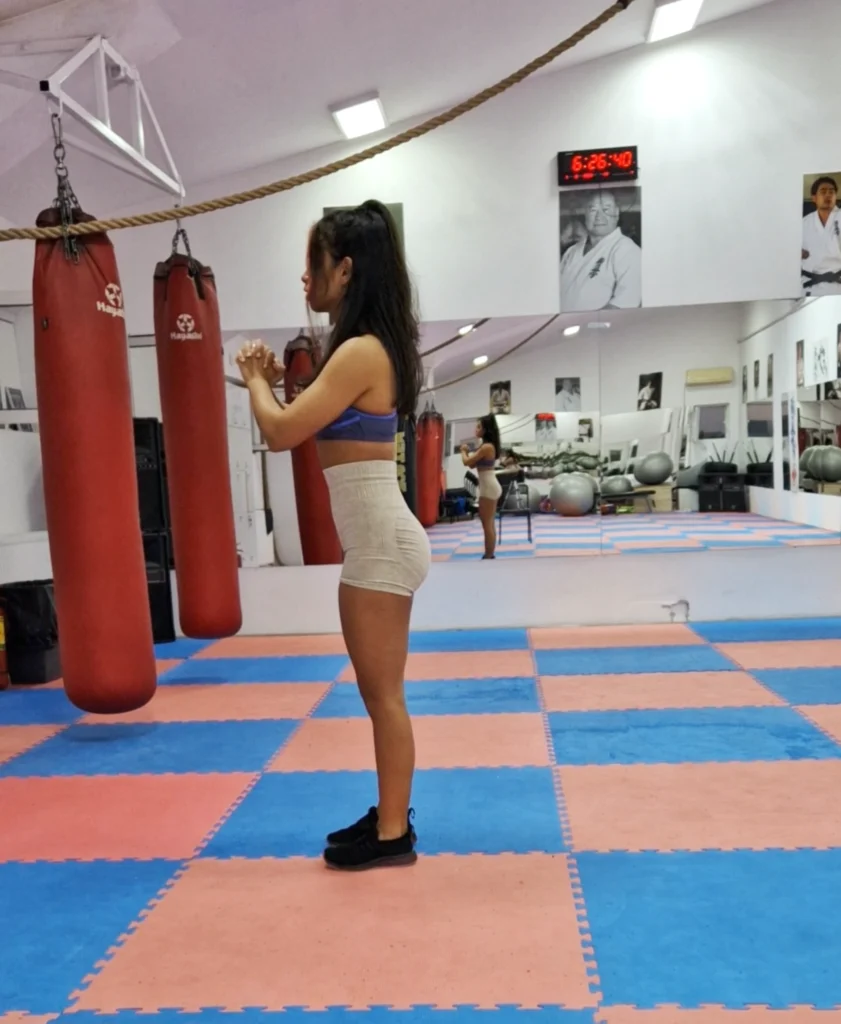
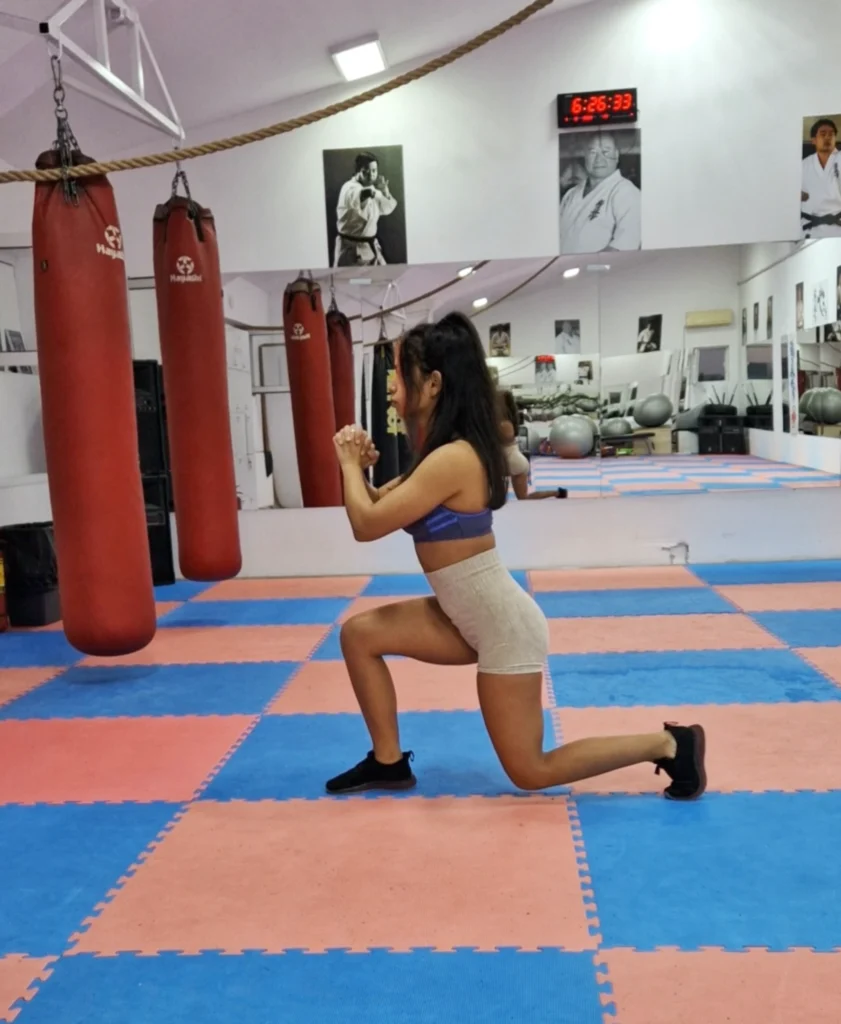
Reverse lunges are a bilateral alternative that mimics the movement pattern of the Bulgarian split squat. Step back with one leg, descending until your rear knee hovers above the floor. Push back to starting position and repeat on the other side. Reverse lunges allow you to build lower body strength with a bit more stability.
Front Foot Elevated Split Squat
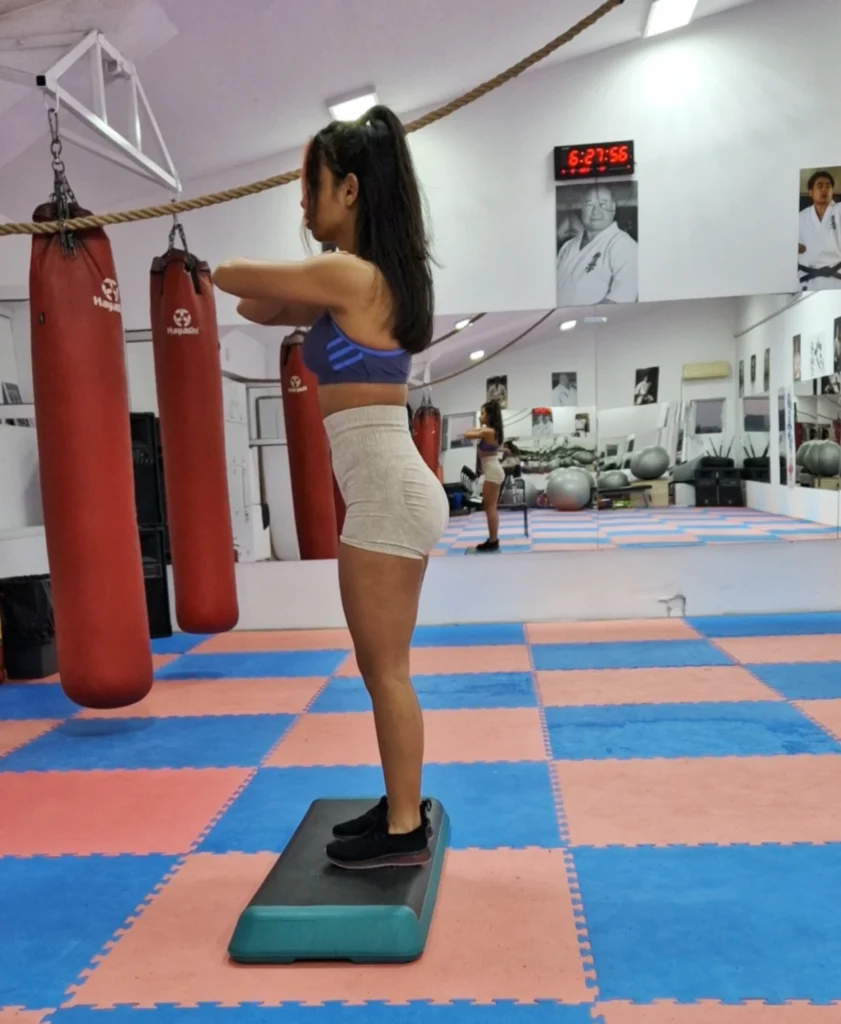
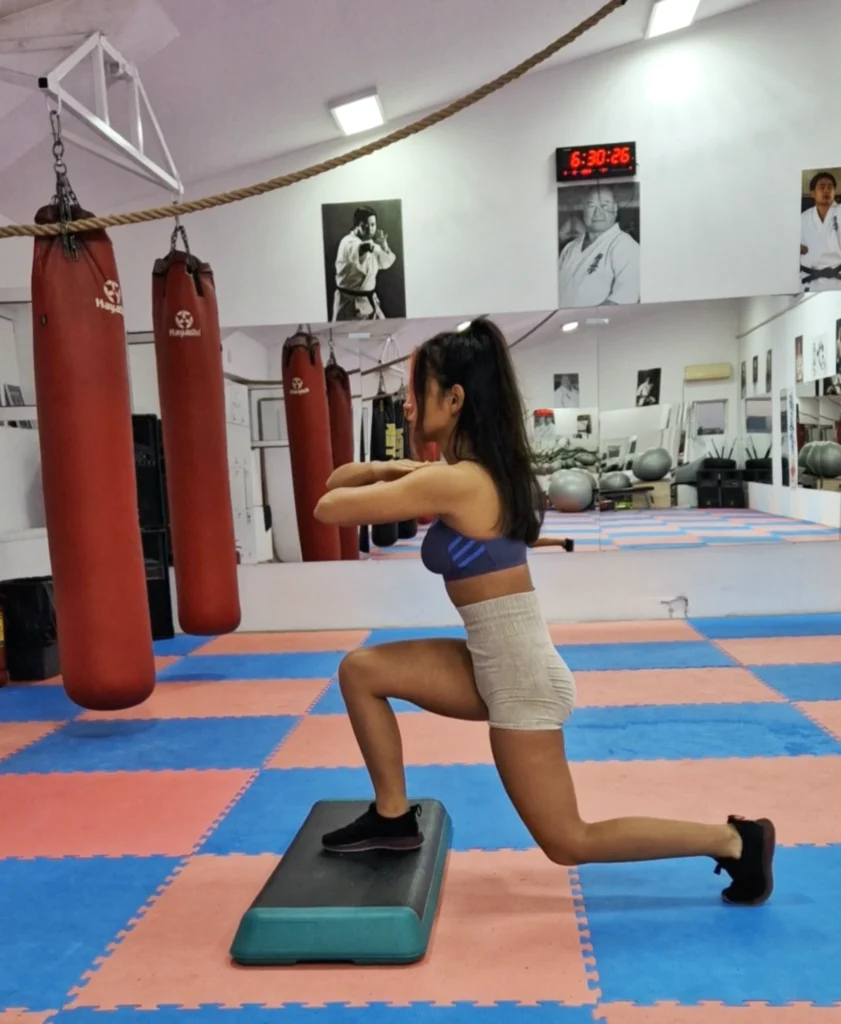
This variation resembles the Bulgarian split squat but with your front foot elevated instead. The movement is essentially reversed, emphasizing the rear leg glutes and hamstrings more. Use a small platform under the front foot for a moderate challenge or increase the height as you progress.
Regular Split Squats
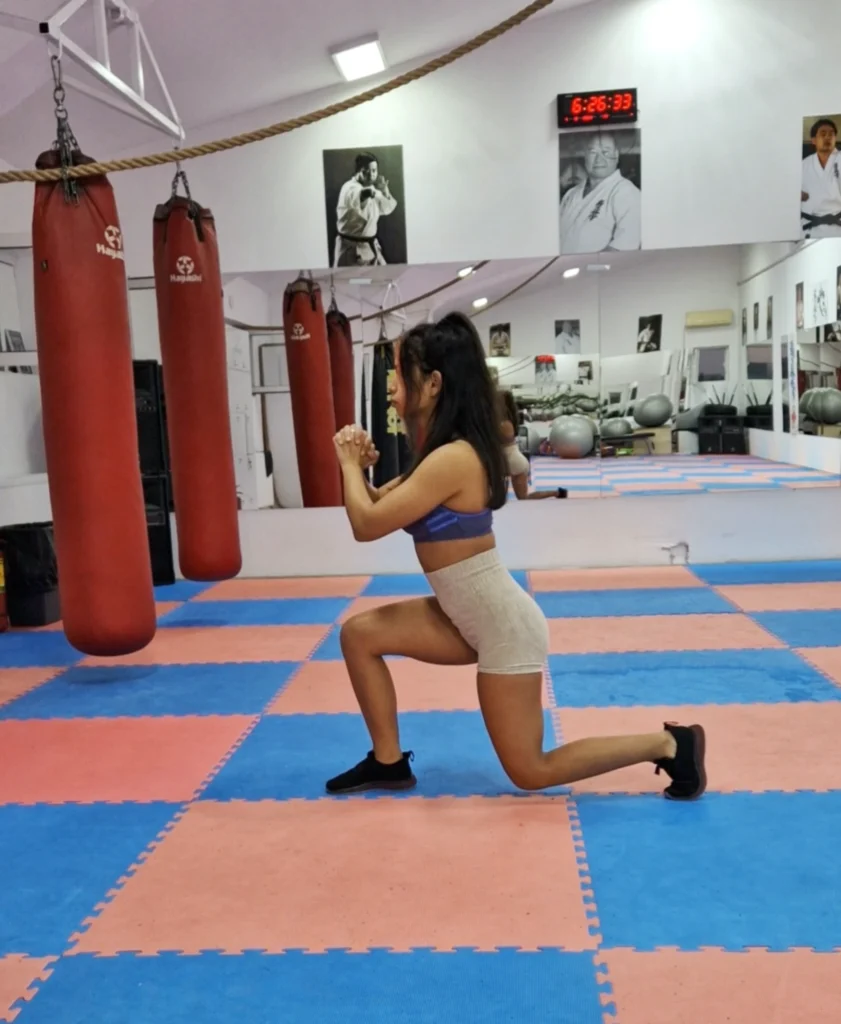
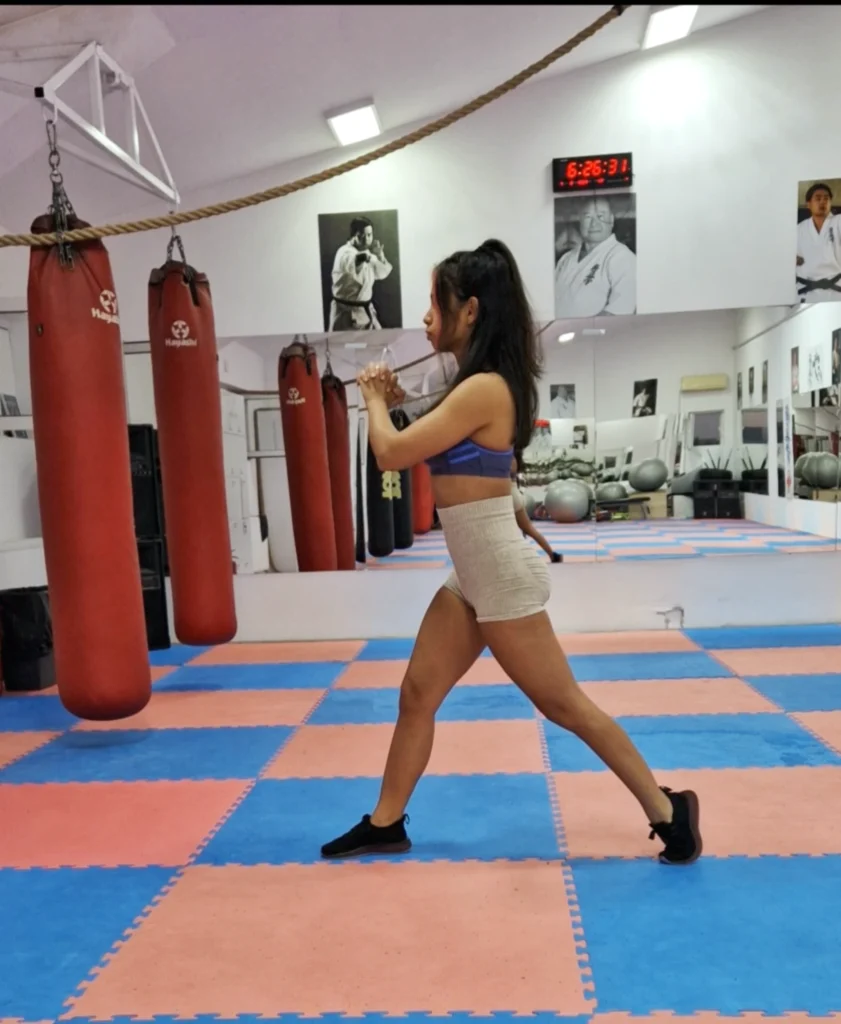
A less intense but still effective variation is the standard split squat with no elevation. Step forward into a staggered stance, descend until your rear knee hovers, then drive back up. Keep your torso upright. Regular split squats build lower body strength with a smaller stability challenge.
Single-leg Hip Thrusts
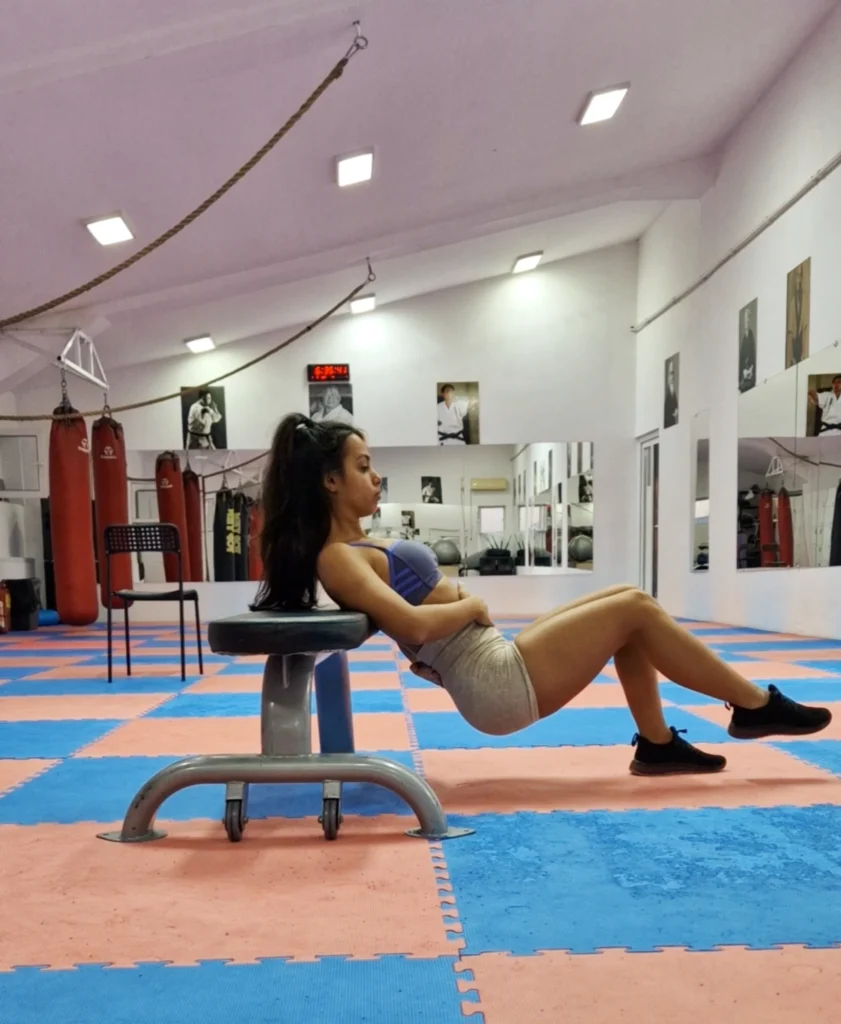
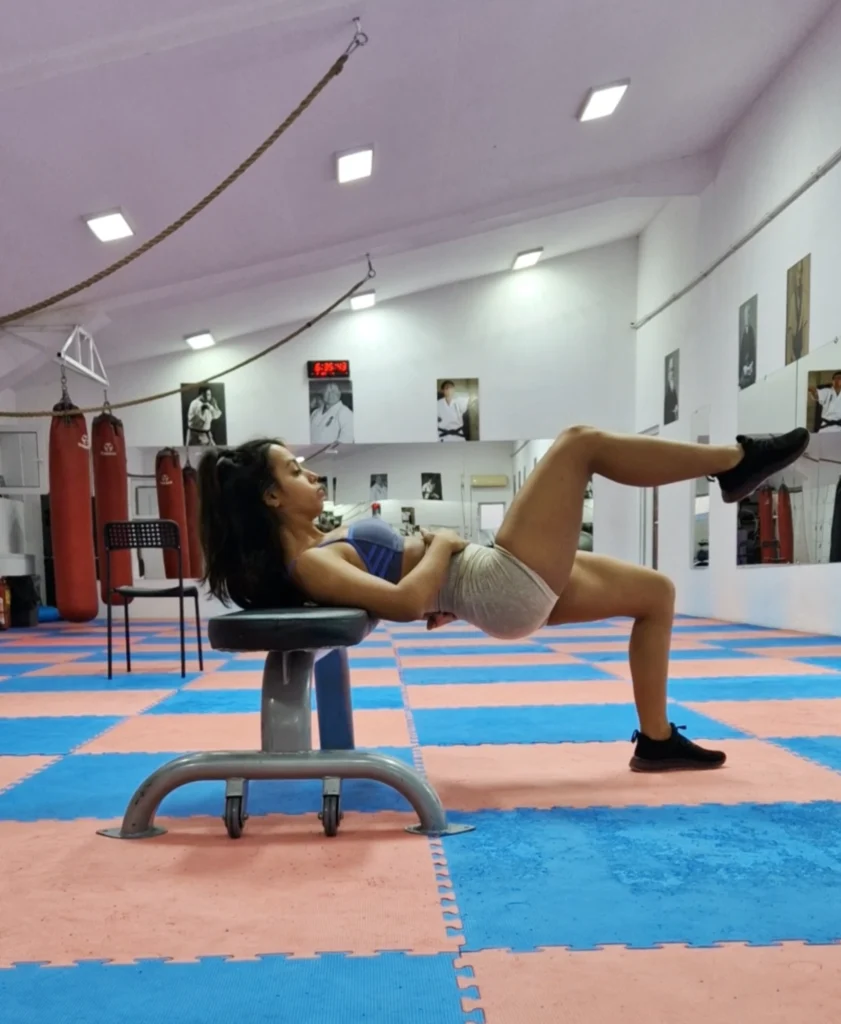
Isolate your glutes with these bodyweight hip thrusts using one leg at a time. Lie on your back with your shoulders on a bench, one foot on the floor and one knee bent. Bridge up by driving through your planted heel, squeezing your glute at the top. Add weights for increased resistance.
Curtsy Lunges
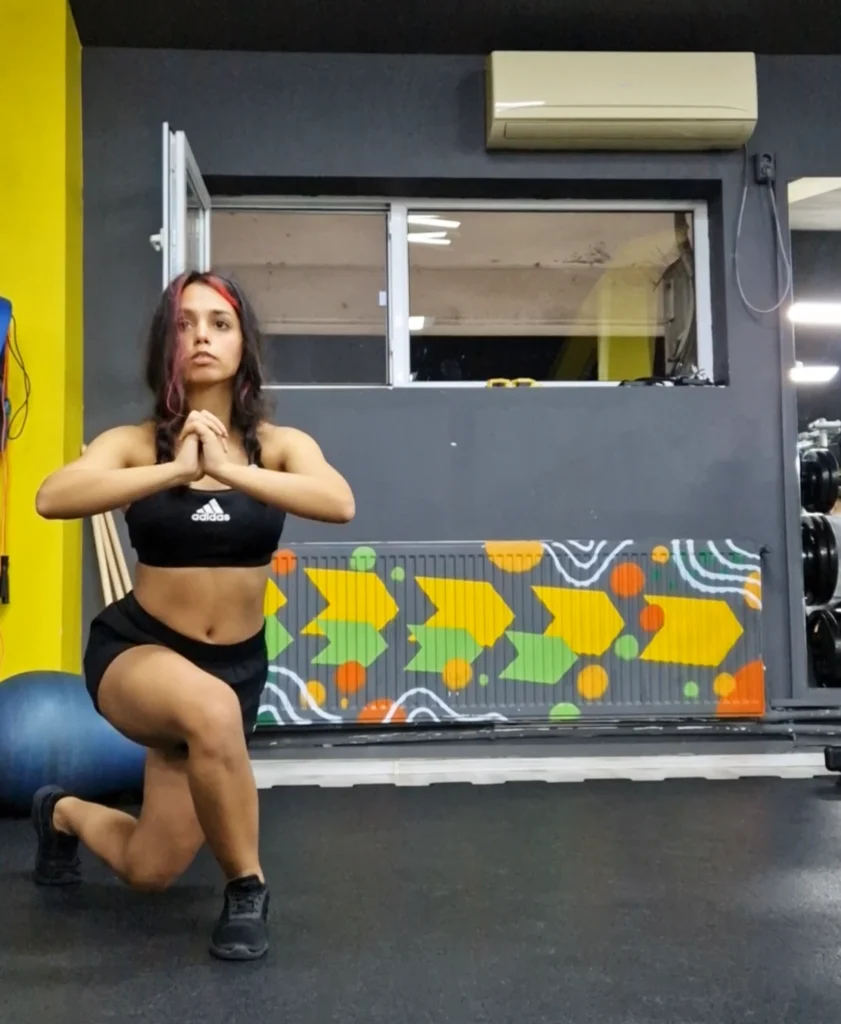
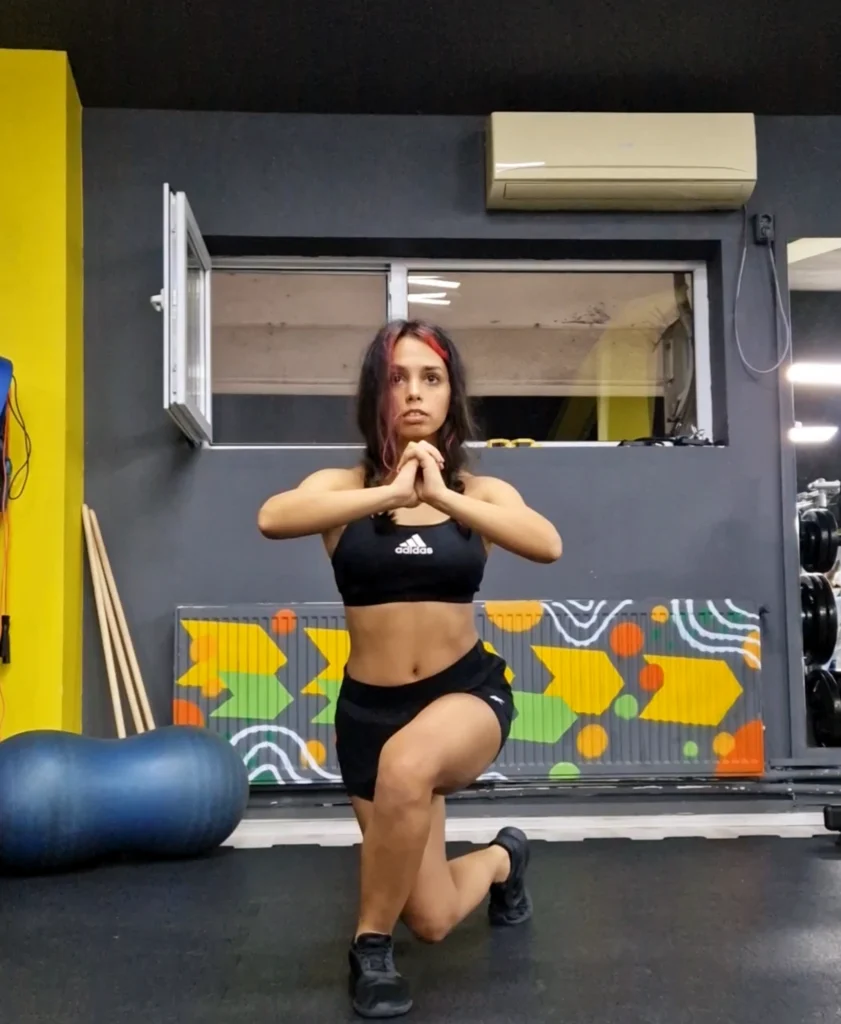
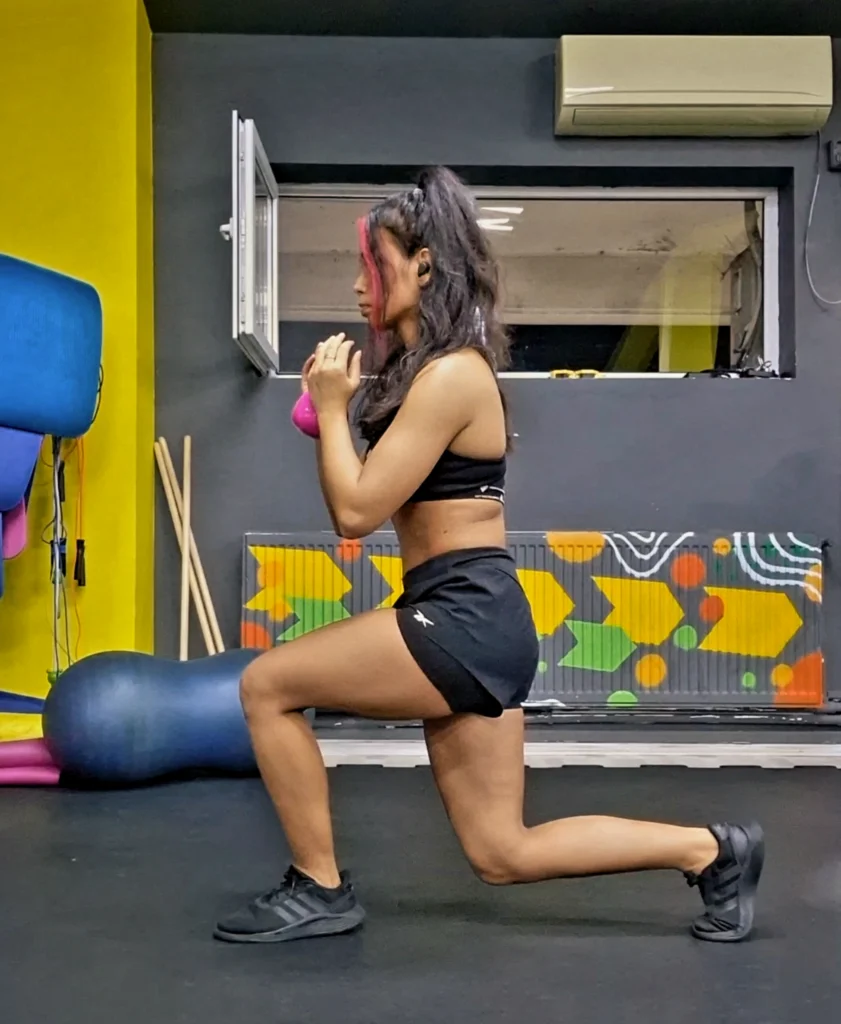
The curtsy lunge targets your glutes and inner thighs by crossing your rear leg behind your front leg as you lower down. Maintain an upright posture and do not let your front knee collapse inward. Add dumbbells for extra emphasis on your glutes and quads.
Weighted Step-ups
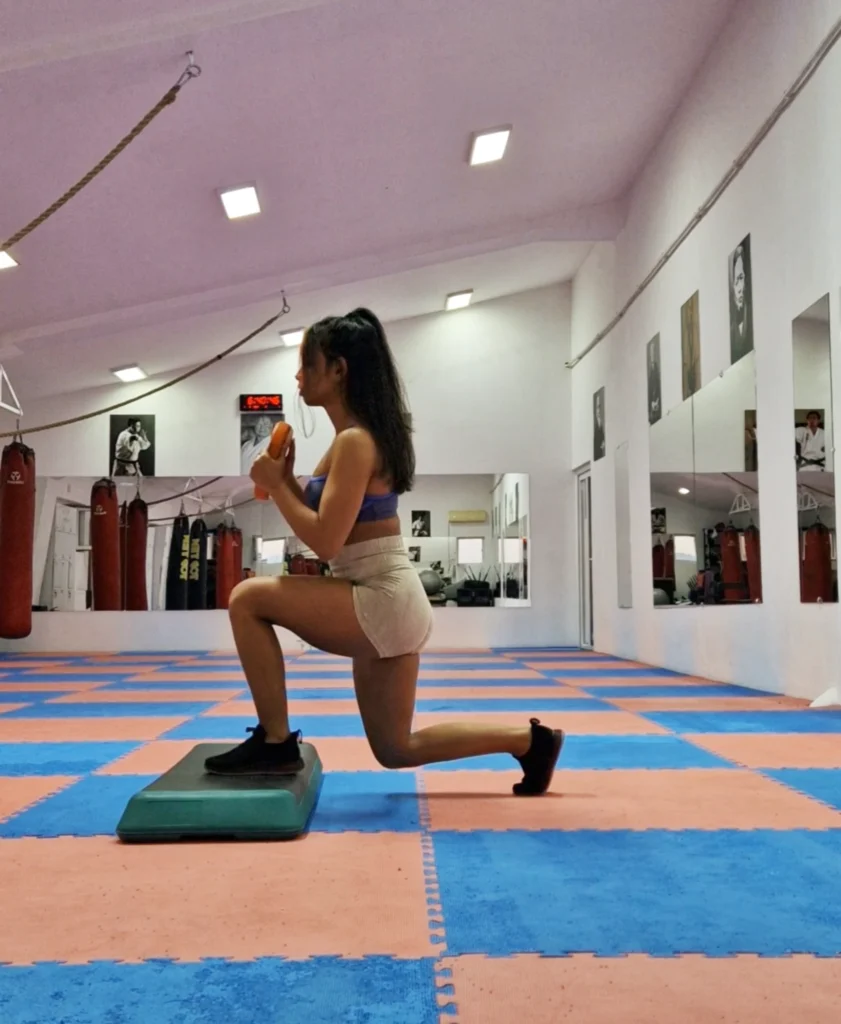
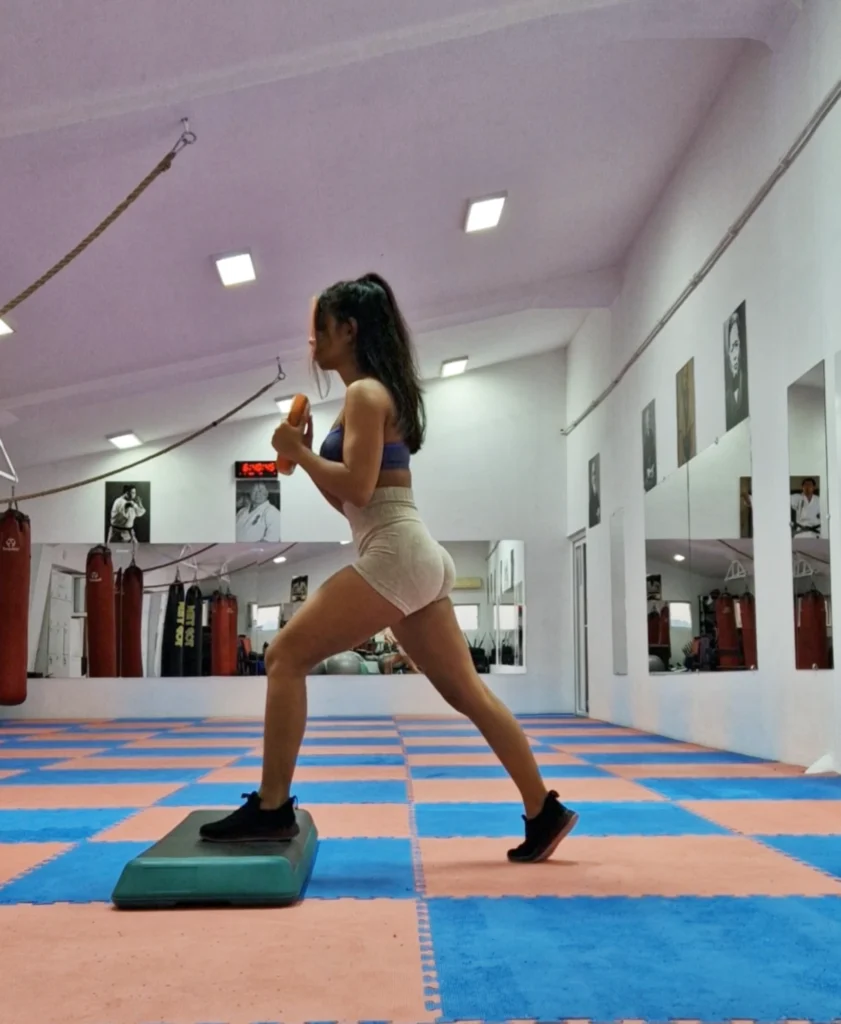
Step-ups are a staple unilateral exercise that annihilate your quads and glutes. Use a box or bench of appropriate height and simply step up with one leg, tapping the floor with your opposite foot before stepping back down. Drive through the heel of the working leg to maximize glute activation.
Lateral Split Squats
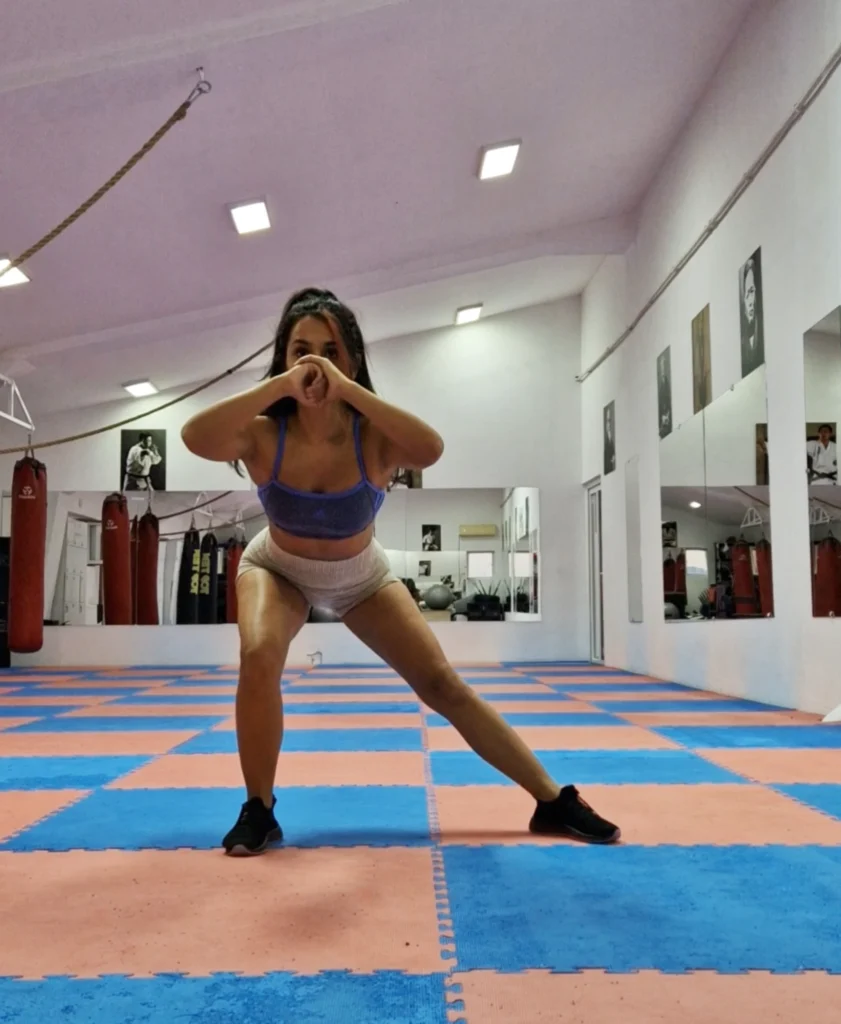
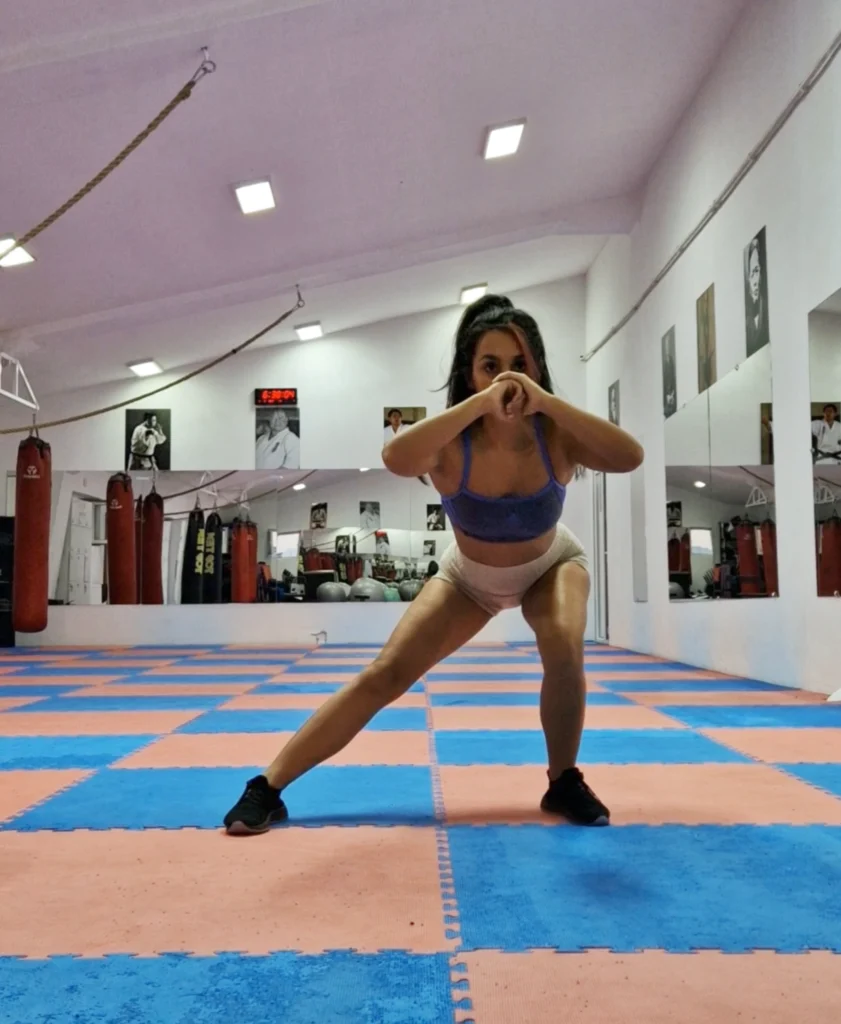
Face sideways towards a bench and perform your split squats, descending as you lunge towards the bench each rep. Keep your hips and shoulders square. Lateral split squats target your inner thighs and glutes while improving your lateral movement strength – similar to the Bulgarian split squat.
Final Thoughts
Whether you’re a beginner or a seasoned athlete, there are many effective alternatives to the Bulgarian split squat that will give your lower body a serious workout. Options like reverse lunges, front foot elevated split squats, standard split squats, step-ups, hip thrusts, curtsy lunges, and lateral lunges all target the quadriceps, hamstrings, glutes, and calves in that coveted unilateral fashion.
Work these alternatives into your leg day routine to torch your lower body, improve mobility, and build athletic leg strength. With proper form and gradual progression, you’ll be well on your way to stronger, more sculpted legs and glutes. Just like the Bulgarian split squat, the alternatives deliver results when executed consistently.
